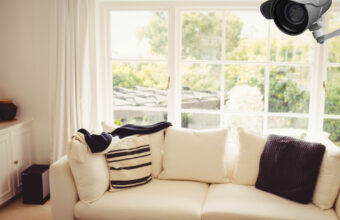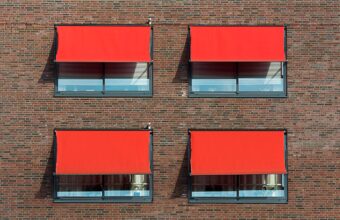Ceramic tint is considered to be a premium window film option due to its advanced technology and superior performance in terms of heat rejection, UV protection, and lack of interference with electronic signals. Whether it’s harder to install than other types of window film largely depends on the experience and skill level of the installer.
Here are some factors that might influence the installation process of ceramic tint compared to other films…
Installation Complexity
- Material Handling – Ceramic tints can be thicker and less flexible than traditional dyed or metallic films, which might require more skill to handle and apply smoothly without bubbles or creases.
- Cutting and Shaping – The thickness and rigidity of ceramic film can also make it slightly more challenging to cut and shape precisely to the window. Precision is key, as improper fit can affect both functionality and aesthetics.
Adhesive Quality
- Adhesive Differences – High-quality ceramic tints often come with a high-quality adhesive that, while ensuring a strong bond and longevity, may require careful handling during application to avoid mistakes. Adjusting the film once it’s placed on the glass might be more difficult compared to other tints.
Experience Level
- Professional Installation Recommended – Due to the nuances in handling and applying ceramic tint, professional installation by someone with experience in working with ceramic films is recommended. Professionals will have the necessary tools and techniques to manage the material’s unique properties.
Cost Consideration
- Higher Cost – Ceramic tint is generally more expensive than other types of window film, both in terms of material cost and potentially the installation cost. The investment in professional installation helps ensure that the film performs as intended, maximizing the return on this higher upfront cost.
Benefits Over Installation Difficulty
- Superior Performance – Despite any additional installation challenges, ceramic tint offers significant benefits over other types of film, including superior heat and UV rejection, durability, and no electronic interference, making it a preferred choice for many.
In conclusion, while ceramic tint might present some additional challenges during installation due to its material properties, these are typically well-managed by professional installers with experience in premium window films. The benefits of ceramic tint, in terms of performance and longevity, often outweigh any potential difficulties in installation, making it a valuable upgrade for vehicle owners and homeowners alike seeking top-tier window tinting solutions.






